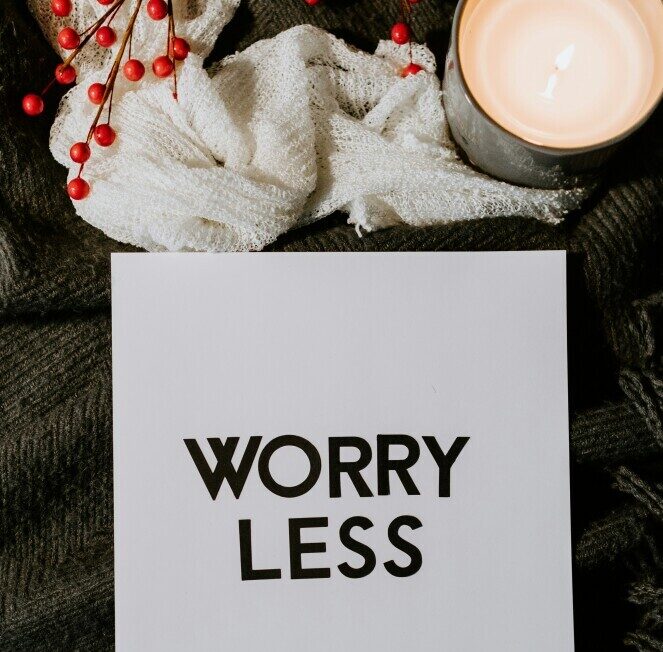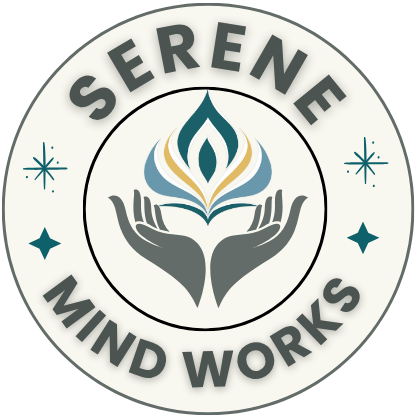
Stress. We’ve all felt it, whether it’s the tightness in our chest or the racing thoughts that just won’t quit. But what exactly is stress, and why does it have such a grip on us? Stress is essentially our body’s way of responding to any kind of demand or threat. When you feel threatened, your nervous system responds by releasing a flood of stress hormones, including adrenaline and cortisol. These hormones rouse the body for emergency action.
Now, stress isn’t all bad. In small doses, it can help you perform under pressure and motivate you to do your best. But beyond a certain point, it stops being helpful and can start causing major damage to your health, mood, productivity, relationships, and quality of life.
Chronic stress, or stress that’s constant and persists over an extended period of time, can lead to serious health problems. I’m talking heart disease, depression, weight gain—we’re talking a total physical and mental health shakeup. And don’t even get me started on how it messes with your sleep!
Managing stress is crucial. Why? Because stress is pretty much an inevitable part of life. It’s like trying to dodge raindrops in a thunderstorm—sooner or later, you’re gonna get a little wet. But by adopting good stress management practices, you can keep yourself from being drenched and feeling overwhelmed.
In this journey together, we’ll touch on various techniques and philosophies that offer a roadmap to handling stress better. We’ll break down useful methods, chat about the ABCs of stress management, and even go into some pretty nifty concepts like the 5 R’s and 5 C’s. Let’s start making stress management more approachable and a little less daunting.
Five Powerful Stress Management Techniques
When stress starts looming, having a toolkit of techniques can make all the difference. Let’s explore some strategies that can help lighten the load and keep life running smoothly.
Deep breathing: Picture this: You’re stuck in traffic, and the road rage is brewing. Time for a quick reset with some deep breathing. Inhale slowly, count to five, hold it, and then let it out as if you’re deflating a balloon. It’s like hitting a reset button for your nerves.
Mindfulness meditation: Is another powerhouse technique that pulls you into the present. Instead of getting ahead of yourself with worries, you tune into your senses, experiencing life one moment at a time. It’s like a mental massage that leaves the mind loose and free.
Physical activity: Gets the heart pumping and triggers those lovely endorphins, the body’s natural mood lifters. Whether it’s a jog around the block or a session of yoga, moving your body can work wonders on those pent-up feelings.
Time management: We’re talking to-do lists, realistic deadlines, and maybe even a scheduling app if you’re feeling tech-savvy. Digital Mind System Managing your time effectively means you’re less likely to feel overwhelmed by endless to-do lists.
Socializing: Might feel like the last thing you want to do when you’re stressed, but leaning on your support network can be vital. Surrounding yourself with friends or family who understand what you’re going through can offer much-needed relief.
Creative outlets: Like painting, knitting, writing, or playing an instrument, can be surprisingly cathartic. Creative activities engage the mind in different ways and allow an escape from the stressors riding shotgun in your head. Take a look at this colorful chart to see how effective these methods are — it’s like a sneak peek into what could work best for you!
Mastering the Art of Personal Stress Management: Practical Approaches

Everyone’s stress looks a bit different. One person’s perfect storm might be another’s drizzle. Pinpointing what gets your pulse racing and what doesn’t seem as big a deal can be illuminating. I’m all about tweaking common solutions to fit your personal vibe and flow.
- By taking a pause to reflect on your stress triggers and responses, you’re setting the stage for real change. When you’re aware of what rattles your cage, it’s easier to plan a way out of that stress maze.
- Developing a personalized stress management plan sounds lofty, but it’s quite doable. You start by mixing and matching from the stress techniques buffet. Maybe deep breathing and evening jogs do the trick, or maybe it’s about keeping a tidy workspace and sharing a weekly chat with a friend.
- Increasing your emotional resilience and mental flexibility keeps everything from bothering you quite so quickly. It’s about rolling with life’s punches like a seasoned pro. Just remember, even the best fall apart sometimes, and that’s totally okay.
Sharing how you handle stress can be enlightening—not just for yourself, but for others trying to figure their own stuff out. Personal stories or examples bring abstract techniques down to a relatable level and offer a refreshing angle. It’s like one giant group hug made of understanding and shared experiences.
Unpacking the 5 R’s and 5 C’s of Stress Management
You might have heard about the 5 R’s of stress management: Recognize, Reframe, Re-align, Relax, and Reflect. It’s a practical guideline to help navigate everyday tensions.
- Recognizing the stress triggers is the first step toward addressing them.
- Reframing means adjusting your perspective—turning a setback into a stepping stone.
- Re-aligning involves making small life adjustments to deal with stress better. Whether it’s a career change or a bedtime routine adjustment, re-aligning puts you on a path that fits better with your needs.
- Relaxation techniques like meditation or a nice bath come in handy for calming the nerves.
- Reflecting on what stresses you out and what calms you can illuminate patterns and lead to long-term changes.
The 5 C’s: Clarity, Control, Compassion, Commitment, and Connection.
- Clarity is about understanding your stressors and feeling grounded in your responses.
- Control involves taking charge of what you can, like organizing your space or managing your time.
- Compassion is giving yourself a break—it’s okay not to be okay sometimes!
- Commitment to stress-reducing practices ensures they stick around long-term.
- Connection keeps those social ties strong, offering support and camaraderie.
Combining these letters can turn the jumble of stress into a more manageable puzzle. The R’s help you work internally, adjusting how you view and adapt to situations, while the C’s emphasize external support and relationships. You don’t have to choose one set over the other; they can mesh in your life like peanut butter and jelly, helping tackle stress from all angles. It’s all about finding that sweet spot that works for you.
Calming Stress and Anxiety: A Holistic Perspective
Stress and anxiety often go hand in hand, leaving you tied up in knots. They’re like distant cousins, always showing up at the worst times. Recognizing their intertwined nature lays the groundwork for better management.
There’s a solid link between stress levels and overall health. When you’re feeling anxious, your body’s stress response is on high alert. Learning to calm this response can significantly improve your well-being.
The 3 C’s offer a streamlined approach to managing stress: Calm, Compose, Constrain.
- Calm: Center yourself with deep breaths or a guided meditation.
- Compose: Means structuring your thoughts; maybe jot them down to make sense of them.
- Constrain: Set boundaries around stress-inducing situations or people. It’s as much about saying ‘no’ as it is about knowing your limits.
Guided practices like visualization can ground you when your mind races. Ever tried picturing a peaceful scene while breathing deeply? It’s a mental vacation right where you are. These practices help hit the brakes on runaway anxious thoughts, letting you feel more centered.
Experts in mental health emphasize the power of maintaining mental peace. Resilience doesn’t come from avoiding stress; it comes from learning to manage it hand in hand with anxiety. Life’s a wild ride, but with the right tools, you can stay solid through the oscillations.
